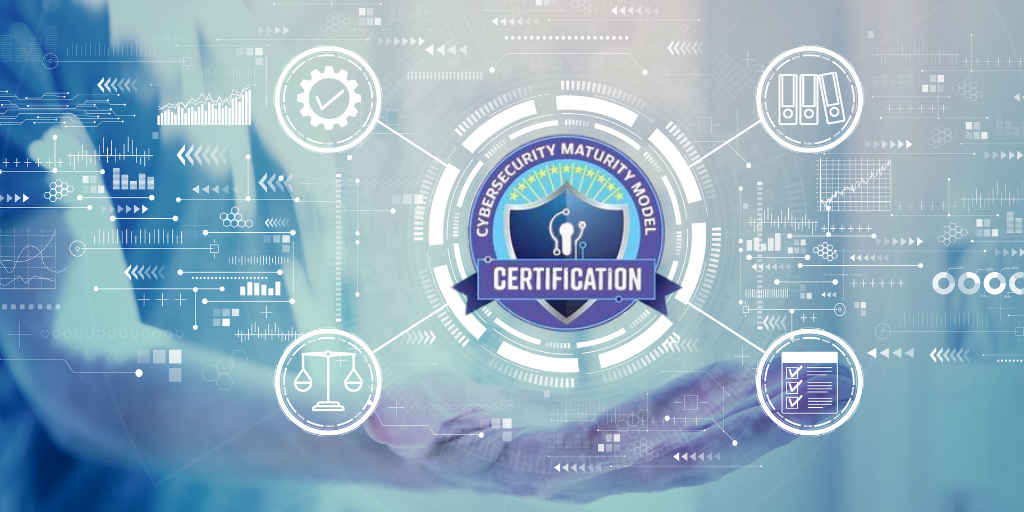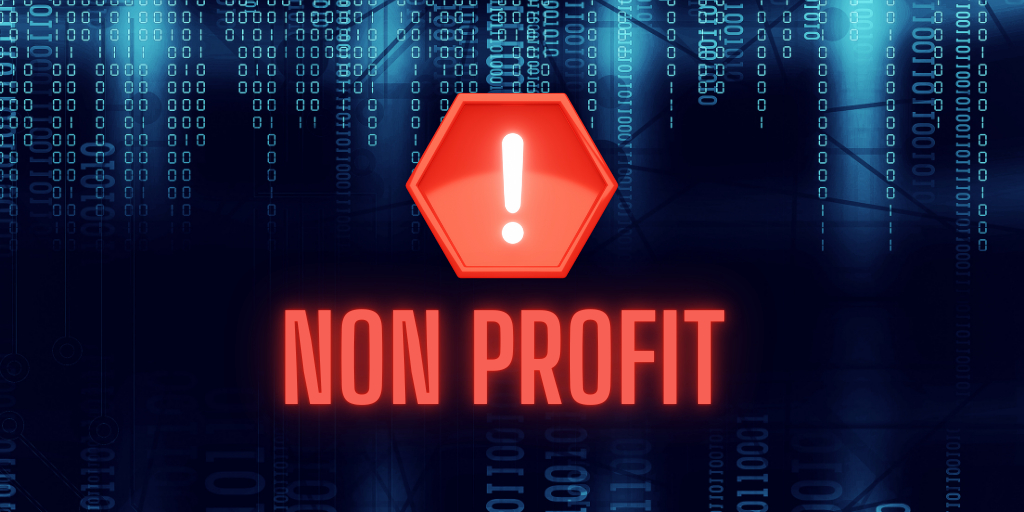Addressing CMMC Compliance Gaps for Small Businesses
Navigating the complex landscape of CMMC compliance can be a daunting task for small businesses, but with the right strategies, achieving and...
5 min read
.jpeg) Michael Markulec
:
Oct 8, 2024 5:49:44 PM
Michael Markulec
:
Oct 8, 2024 5:49:44 PM

In an era of increasingly prevalent cyber threats, ensuring robust cybersecurity during mergers and acquisitions is paramount to safeguarding organizational assets and maintaining operational integrity.
Understanding the Cybersecurity Landscape in M&A
The cybersecurity landscape in mergers and acquisitions (M&A) is multifaceted and constantly evolving, characterized by a dynamic interplay of risks and protective measures. As companies embark on the complex process of merging, they integrate diverse IT systems, networks, and data repositories, each with unique vulnerabilities and security challenges. These systems may vary significantly in technology, security protocols, and age, creating a patchwork of potential entry points for cyber threats. If not managed with meticulous attention to cybersecurity, this integration process can expose the newly formed entity to a broader and often more sophisticated range of cyber threats. These threats include, but are not limited to, unauthorized access, data breaches, and sophisticated cyber-attacks that exploit the transitional phase of merging entities.
Moreover, the urgency and complexity of M&A activities frequently result in high-pressure environments where speed is prioritized over caution. This often leaves limited time for thorough cybersecurity audits and assessments, creating opportunities for cyber threats to go unnoticed and vulnerabilities to remain unaddressed. The fast-paced nature of these transactions can lead to oversight in evaluating the security posture of the merging entities, increasing the risk of cyber incidents. Therefore, understanding this intricate landscape is crucial for developing comprehensive strategies that can effectively mitigate risks, safeguard organizational assets, and ensure the seamless operation of the merged entity. This involves identifying potential hazards, implementing proactive measures, and fostering a culture of cybersecurity awareness throughout the organization.
Common Cybersecurity Risks in Mergers and Acquisitions
One of the most common cybersecurity risks in mergers and acquisitions (M&A) is the presence of legacy systems that may need to be updated or patched regularly over the years. These outdated systems, which could be running on obsolete software or hardware, are often vulnerable due to a lack of ongoing maintenance and updates. As a result, they can become easy targets for cyber attackers who exploit these weaknesses to gain unauthorized access to sensitive data or disrupt operations. Cybercriminals often use sophisticated techniques to penetrate these systems, leveraging known vulnerabilities that may have been addressed in more modern systems.
Another significant risk is the potential for data breaches, which pose a considerable threat as sensitive information from both entities is consolidated and transferred during the merger process. This data could include customer information, intellectual property, financial records, and other confidential documents that are highly valuable to cybercriminals. During the consolidation phase, data is often moved across systems and networks, increasing the risk of interception by malicious actors who can exploit any lapses in security protocols to access this information.
Furthermore, there is the risk of insider threats, where disgruntled employees or those with malicious intent could exploit vulnerabilities during the transition period. These insiders may have access to critical systems and data, and if they are not adequately monitored, they could misuse their privileges to steal information or sabotage operations. The transitional phase of M&A is particularly vulnerable because employees may feel uncertain about their future, which could lead to increased susceptibility to engaging in unauthorized activities.
Phishing attacks and malware infections are common, as attackers exploit the confusion and lack of centralized control during M&A activities. Phishing schemes often involve deceptive emails or messages that trick recipients into revealing sensitive information or installing malicious software. During M&A, when organizations are focused on integrating operations, employees may be less vigilant, making them more likely to fall victim to such scams. Malware infections, on the other hand, can occur through compromised software installations or downloads, leading to extensive damage such as data theft, system downtime, and financial losses. These threats underscore the importance of maintaining strong cybersecurity practices throughout the M&A process to protect against potential cyber risks.
Best Practices for Mitigating Cyber Risks During M&A
To mitigate cyber risks during M&A, companies must embark on a comprehensive cybersecurity assessment of the target company. This process should be extensive and include several critical steps to identify and address all potential vulnerabilities. Firstly, companies must meticulously evaluate the target company's existing security protocols. This involves not just a surface-level examination but a deep dive into their current security practices, technologies in use, and the overall effectiveness of their security measures. By doing so, companies can pinpoint weaknesses or gaps that cybercriminals could exploit.
Moreover, identifying potential vulnerabilities within the target company’s IT infrastructure is crucial. This requires a detailed analysis of all technological components, including software applications, hardware devices, network configurations, and data storage systems. Companies should utilize advanced tools and methodologies to conduct vulnerability assessments, penetration testing, and risk evaluations to uncover hidden threats. Additionally, understanding the target company's approach to data protection is vital. This entails assessing their policies and procedures regarding data encryption, access control, data retention, and privacy compliance. Companies must ensure that the target's data protection measures align with industry standards and regulatory requirements to prevent data breaches or unauthorized access during integration.
Implementing a robust due diligence process is not merely advisable but essential for successfully managing cybersecurity risks in M&A. This process should encompass continuous monitoring of cybersecurity activities, regular audits of security systems, and a thorough integration of cybersecurity considerations into the overall M&A strategy. Continuous monitoring involves maintaining vigilant surveillance over the target company’s cybersecurity posture throughout the M&A transaction, allowing for real-time detection and response to emerging threats. Regular audits should be conducted to ensure that the target and acquiring companies remain compliant with cybersecurity standards and best practices, identifying areas that require improvement.
Furthermore, companies should develop a detailed integration plan that explicitly addresses cybersecurity measures to ensure a smooth and secure transition. This plan should outline the steps for aligning the cybersecurity frameworks of both entities, including consolidating IT systems, unifying security protocols, and training employees on new security practices. It should also establish clear roles and responsibilities for cybersecurity management during the integration phase, ensuring that all stakeholders know their duties in safeguarding the newly merged entity. By proactively implementing these comprehensive strategies and measures, companies can mitigate cyber risks during M&A and protect their organizational assets from potential threats.
Future Trends: Cybersecurity in the Evolving M&A Landscape
As cyber threats continue to evolve, so must the strategies for mitigating these risks in M&A activities. Organizations are increasingly turning to innovative solutions and cutting-edge technological advancements to combat these ever-changing threats. One emerging trend is using advanced technologies such as artificial intelligence (AI) and machine learning (ML). AI and ML are becoming indispensable tools in the cybersecurity arsenal, as they provide the ability to quickly analyze vast amounts of data, recognize patterns, and detect anomalies that could signify a potential cyber threat. These technologies enable companies to identify and respond to cyber threats more effectively by automating the detection process, reducing the time it takes to respond to incidents, and enhancing the organization's overall security posture. By leveraging AI and ML, companies can anticipate threats before they occur, adapt to new attack vectors, and develop proactive defense mechanisms crucial in the fast-paced M&A environment.
Another notable trend is the increasing emphasis on cybersecurity in the early stages of M&A. Companies are recognizing the importance of integrating cybersecurity considerations from the outset rather than as an afterthought. This shift in focus leads organizations to allocate more resources to conducting thorough cybersecurity assessments during the initial phases of M&A activities. These assessments are comprehensive and cover a wide range of areas, including evaluating the target company's security policies, procedures, and technologies. By doing so, companies can identify potential vulnerabilities early on and implement necessary safeguards before the merger is finalized. This proactive approach not only enhances the security of the transaction but also builds trust among stakeholders and ensures a smoother integration process.
Additionally, there is a growing recognition of the need for ongoing cybersecurity education and training for employees at all levels of the organization. As the complexity of the modern cyber threat landscape continues to increase, employees must be equipped with the knowledge and skills to handle these challenges effectively. Continuous education and training programs are being implemented to inform employees about the latest cyber threats, security best practices, and the specific cybersecurity protocols relevant to their roles. These programs aim to foster a culture of cybersecurity awareness within the organization, encouraging employees to remain vigilant and proactive in safeguarding sensitive information. By investing in employee education and training, companies can significantly reduce the risk of human error, often a leading cause of cybersecurity incidents, and empower their workforce to be the first defense against cyber threats.

Navigating the complex landscape of CMMC compliance can be a daunting task for small businesses, but with the right strategies, achieving and...

In an increasingly digital world, non-profits are prime targets for cyber threats. You can just discover how a Virtual CISO can protect your...

Small businesses must prioritize secure messaging to protect sensitive information and maintain customer trust.